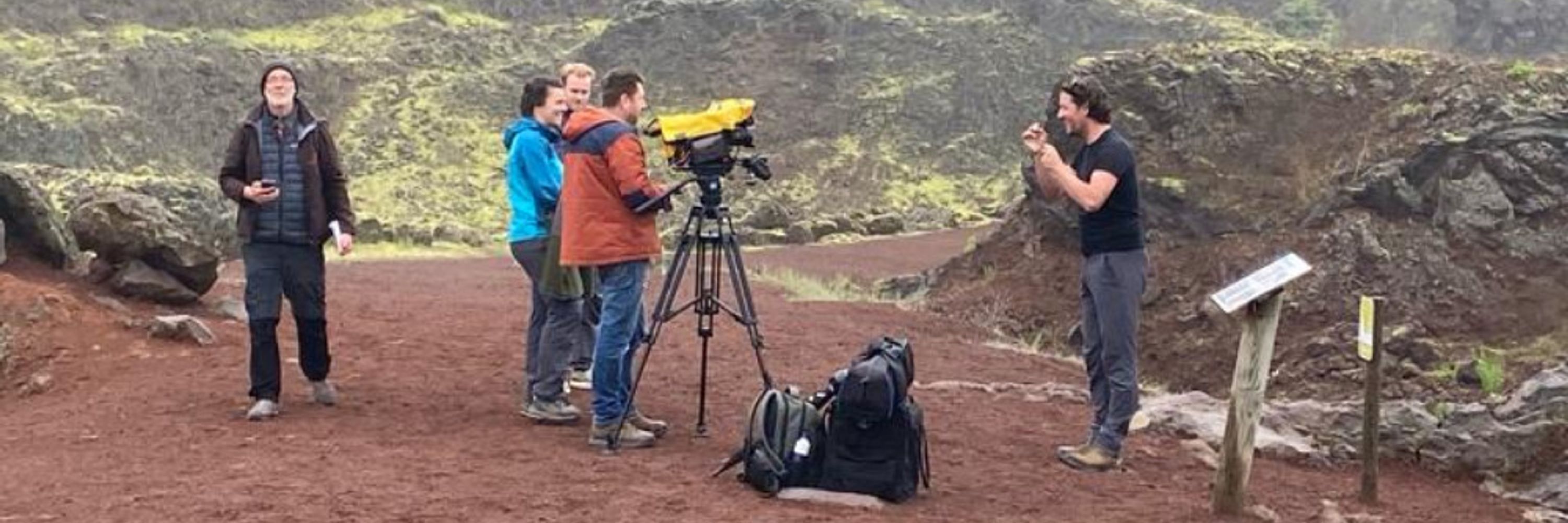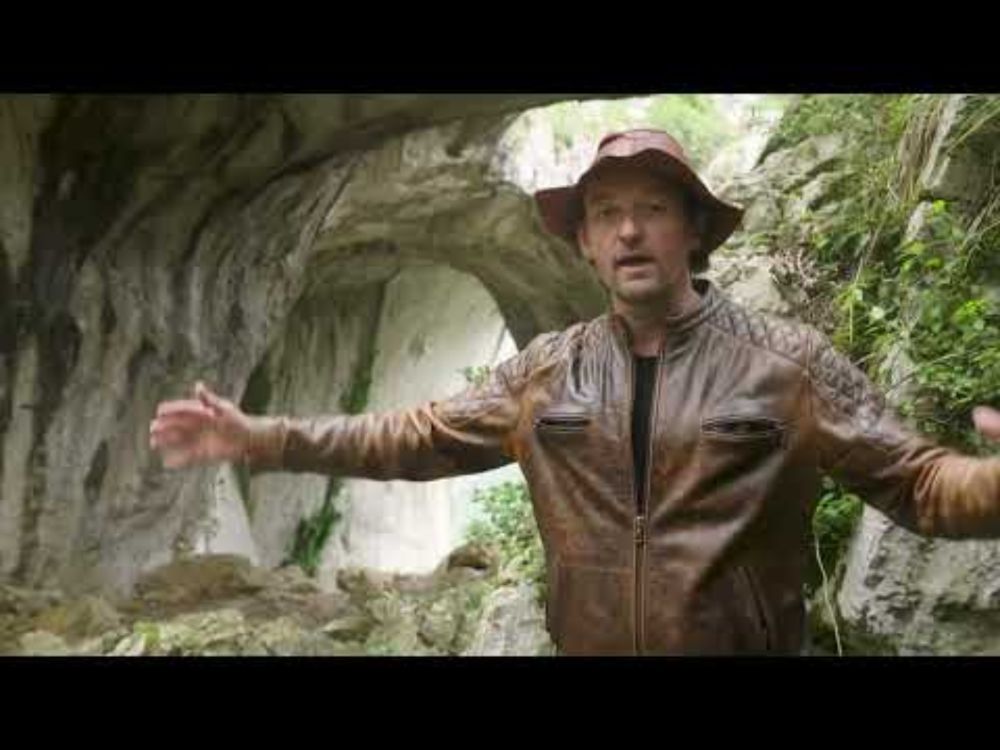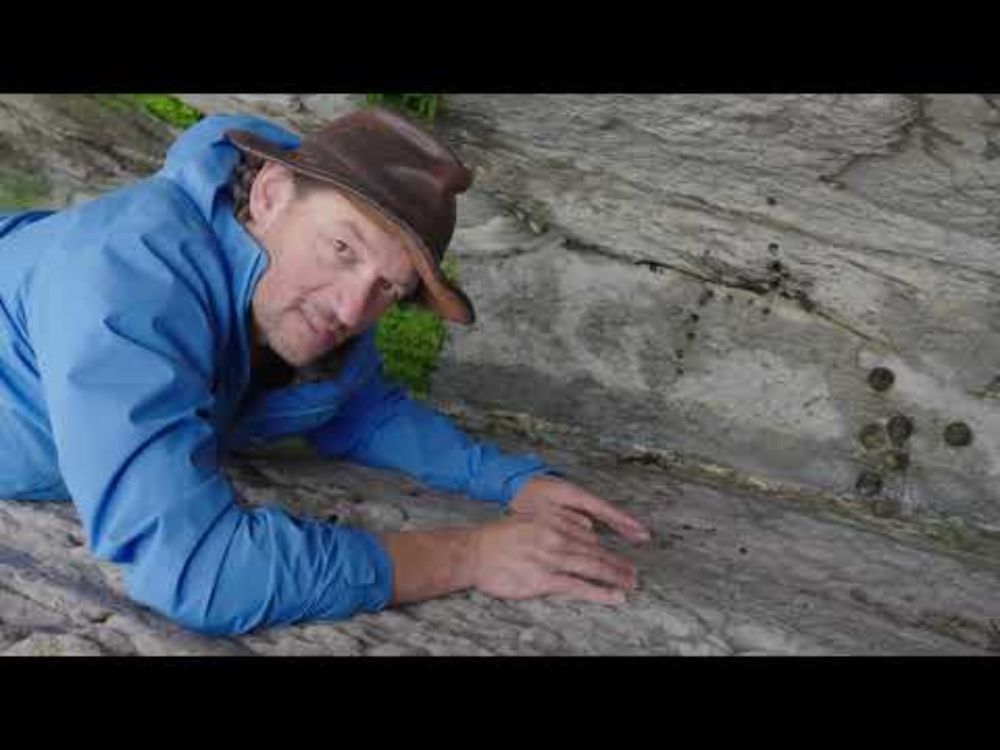
Geology of the Tour de France
@geotdf.bsky.social
At @GeoTdF.bsky.social we answer your questions on landscapes and geology cycling races | see Geo-Sports.org for more information!
Ik denk het!
October 18, 2025 at 8:24 PM
Ik denk het!
So today’s winner will have to dig deep for his win. But we advise not to dig too deep…
October 18, 2025 at 8:59 AM
So today’s winner will have to dig deep for his win. But we advise not to dig too deep…
Critical taper is the equilibrium angle of a wedge-shaped agglomeration of material that is bulldozed up (tectonically or otherwise). That angle depends among others on material properties, but piloshite makes slopes of up to 16%!
October 18, 2025 at 8:59 AM
Critical taper is the equilibrium angle of a wedge-shaped agglomeration of material that is bulldozed up (tectonically or otherwise). That angle depends among others on material properties, but piloshite makes slopes of up to 16%!
There is no proper geological definition of the sediment association of the VAM subsurface, but among some geologists it is casually referred to as piloshite. Piloshite is an excellent material to explain 'critical taper theory' to students.
October 18, 2025 at 8:59 AM
There is no proper geological definition of the sediment association of the VAM subsurface, but among some geologists it is casually referred to as piloshite. Piloshite is an excellent material to explain 'critical taper theory' to students.
It is rich in plasticite, contains iron accretions and abundant bituminous (i.e., organic material-rich) clasts, and may contain elevated heavy metal traces. There are plenty of ichnofossils (i.e., fossil footsteps) of giant caterpillars.
October 18, 2025 at 8:59 AM
It is rich in plasticite, contains iron accretions and abundant bituminous (i.e., organic material-rich) clasts, and may contain elevated heavy metal traces. There are plenty of ichnofossils (i.e., fossil footsteps) of giant caterpillars.
Geologically, the Col du VAM deposits are best described as a sedimentary mélange, a poorly sorted, polymict (i.e., with elements of varied composition) and poorly stratified (i.e., layered) agglomerate.
October 18, 2025 at 8:59 AM
Geologically, the Col du VAM deposits are best described as a sedimentary mélange, a poorly sorted, polymict (i.e., with elements of varied composition) and poorly stratified (i.e., layered) agglomerate.
Those glaciers also bulldozered sand and gravel into hills, but the sediments that make the Col du VAM clearly 'unconformably' overlie the ice age deposits and must therefore be younger!
October 18, 2025 at 8:59 AM
Those glaciers also bulldozered sand and gravel into hills, but the sediments that make the Col du VAM clearly 'unconformably' overlie the ice age deposits and must therefore be younger!
And the Swiss Cheese that is the Basque subsurface, and that makes for all the steep climbs!
youtu.be/kCiXOFIMtZU?...
youtu.be/kCiXOFIMtZU?...

GeoTdF 2023 - Stage 2 - Swiss Cheese
YouTube video by Geo-Sports - The Geology of Sports Events
youtu.be
August 2, 2025 at 1:08 PM
And the Swiss Cheese that is the Basque subsurface, and that makes for all the steep climbs!
youtu.be/kCiXOFIMtZU?...
youtu.be/kCiXOFIMtZU?...
Or the world-famous boundary between the Cretaceous and Tertiary - the end of the dinosaurs - exposed in Zumaia!
youtu.be/5yBTkUd3RWE?...
youtu.be/5yBTkUd3RWE?...

GeoTdF 2023 - Stage 3: The Book of Earth History
YouTube video by Geo-Sports - The Geology of Sports Events
youtu.be
August 2, 2025 at 1:08 PM
Or the world-famous boundary between the Cretaceous and Tertiary - the end of the dinosaurs - exposed in Zumaia!
youtu.be/5yBTkUd3RWE?...
youtu.be/5yBTkUd3RWE?...
Ooh…I don’t know. And that is a problem 😃. If I figure it out, I’ll let you know!
July 27, 2025 at 8:00 PM
Ooh…I don’t know. And that is a problem 😃. If I figure it out, I’ll let you know!

